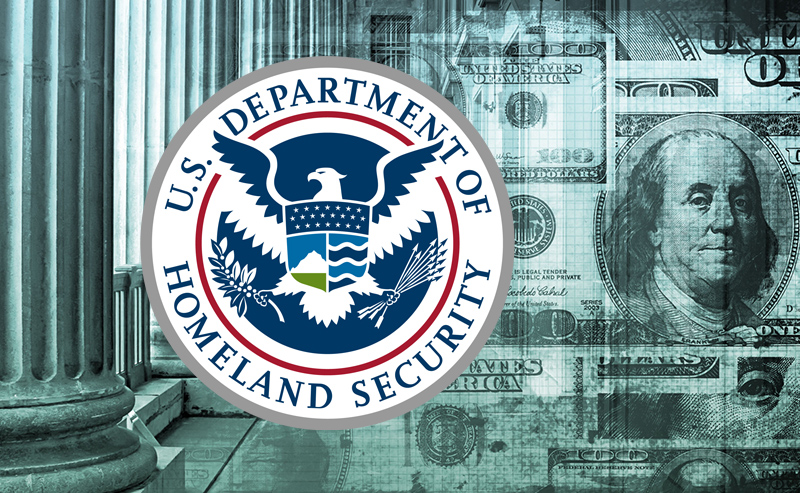On June 30, 2020, the U.S. Department of Homeland Security (DHS) announced final allocations of $385 million for seven Fiscal Year (FY) 2020 DHS competitive grant programs geared toward preparedness.
Preparedness grants strengthen our nation’s ability to prevent, protect against, mitigate, respond to and recover from terrorist attacks, major disasters, and other emergencies in support of the National Preparedness Goal and the National Preparedness System.
Last week’s allocations, combined with over 1.3 billion in non-competitive grant funding from February and April 2020, come to nearly $1.8 billion. Ideally, the money, which is now available to state, local, tribal, and territorial governments, as well as non-profit and private sector organizations, will support preparedness efforts pertaining to four critical priority areas: cybersecurity, soft targets and crowded places, intelligence and information sharing, and emerging threats. Additionally, and according to DHS, the money’s use “must have a clear linkage to the core capabilities articulated in the National Preparedness Goal (NPG).”
The following list outlines the Preparedness Grant Allocations for FY 2020:
- Emergency Management Performance Grant (EMPG) – Provides $355.1 million to assist state, local, tribal, and territorial governments in enhancing and sustaining all-hazards emergency management capabilities.
- Homeland Security Grant Program (HSGP) – Provides more than $1 billion for states and urban areas to prevent, protect against, mitigate, respond to, and recover from acts of terrorism and other threats.
- State Homeland Security Grant Program (SHSP) – Provides $415 million to support the implementation of risk-driven, capabilities-based State Homeland Security Strategies to address capability targets. States are required to dedicate 25 percent of SHSP funds to law enforcement terrorism prevention activities.
- Urban Area Security Initiative (UASI) – Provides $615 million to enhance regional preparedness and capabilities in 32 high-threat, high-density areas. States and Urban Areas are required to dedicate 25 percent of UASI funds to law enforcement terrorism activities.
- Operation Stonegarden (OPSG) – Provides $90 million to enhance cooperation and coordination among local, tribal, territorial, state, and federal law enforcement agencies to jointly enhance security along the United States land and water borders.
- Tribal Homeland Security Grant Program (THSGP) – Provides $15 million to eligible tribal nations to implement preparedness initiatives to help strengthen the nation against risk associated with potential terrorist attacks and other hazards.
- Nonprofit Security Grant Program (NSGP) – Provides $90 million to support target hardening and other physical security enhancements for nonprofit organizations that are at high risk of a terrorist attack. This year, $50 million is provided to nonprofits in UASI-designated urban areas, and $40 million is provided to nonprofits located in any state or territory.
Additional funding sources include the Intercity Passenger Rail -Amtrak (IPR) Program at $10 million, the Port Security Grant Program (PSGP) at $100 million, the Transit Security Grant Program (TSGP) at $88 million, and the Intercity Bus Security Grant Program (IBSGP) at $2 million.
Such federal funding can go a long way toward the implementation of new preparedness initiatives, protocols, and resources. This may include the development or updating of Continuity Operations Plans (COOPs), Emergency Operations Plans (EOPs), and/or Hazard Mitigation Plans (HMPs), or the facilitation of exercises guided by the Homeland Security Exercise and Evaluation Program (HSEEP). Visit http://www.fema.gov/grants to learn more now.






